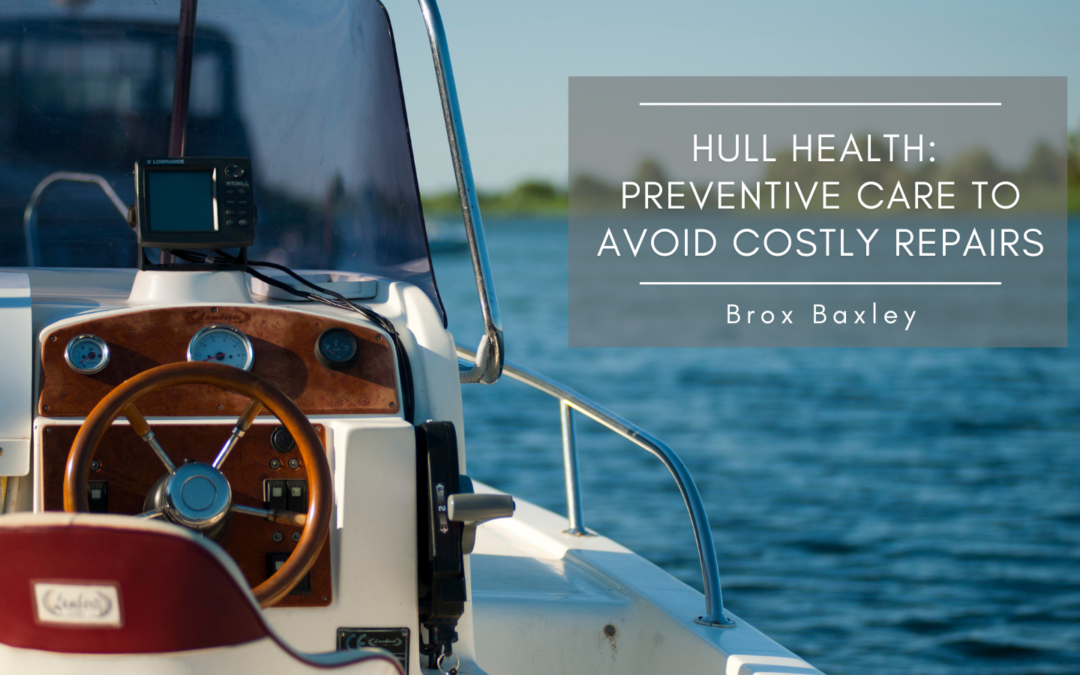A boat’s hull is its foundation—the barrier between the open water and everything you hold dear onboard. Whether you’re navigating coastal shallows or cruising on a serene lake, the condition of your hull directly impacts safety, performance, and longevity. Neglecting hull care can lead to expensive repairs, downtime, and even safety hazards. Fortunately, a proactive maintenance routine can keep your vessel gliding smoothly and shield your wallet from steep repair bills.
1. Routine Inspections: Your First Line of Defense
Regular visual checks of your boat’s hull are essential. Inspect both the interior and exterior for cracks, blisters, gouges, or signs of delamination. Look closely at high-impact areas like the keel and chines, where damage from trailering or debris is more common. Early detection means smaller, more manageable fixes rather than full-scale restoration.
2. Clean Often, Clean Smart
Marine growth, algae, and salt deposits can cause long-term wear on your hull. Cleaning the hull regularly—especially if your boat stays in the water—prevents buildup that can damage paint and compromise structural integrity. Use non-abrasive, marine-safe cleaners and soft brushes. For boats stored on trailers, a wash after each outing is good practice.
3. Anti-Fouling Paint: A Wise Investment
Applying a quality anti-fouling paint creates a protective barrier against marine organisms and water damage. Especially critical for boats that remain in water long-term, this coating not only keeps your hull clean but also reduces drag, improving fuel efficiency. Schedule reapplications as recommended by the paint manufacturer and according to your boating environment.
4. Watch the Waterline
Discoloration or persistent watermarks around the waterline may signal a need for deeper cleaning or re-sealing. This area endures constant wet-dry cycles, making it prone to wear. Keep it well-protected with wax or sealants, and consider adding a vinyl guard strip for extra durability.
5. Don’t Overlook the Trailer
For trailered boats, damage often occurs during launching, loading, or transport. Inspect trailer bunks or rollers to ensure even support and consider using padded surfaces. An improperly supported hull can stress structural components over time.
Final Thought
Hull health is about consistency and prevention. A few hours spent each season on maintenance can save you thousands in repairs and keep you confidently afloat. Treat your hull with care—it’s the backbone of every great voyage.

